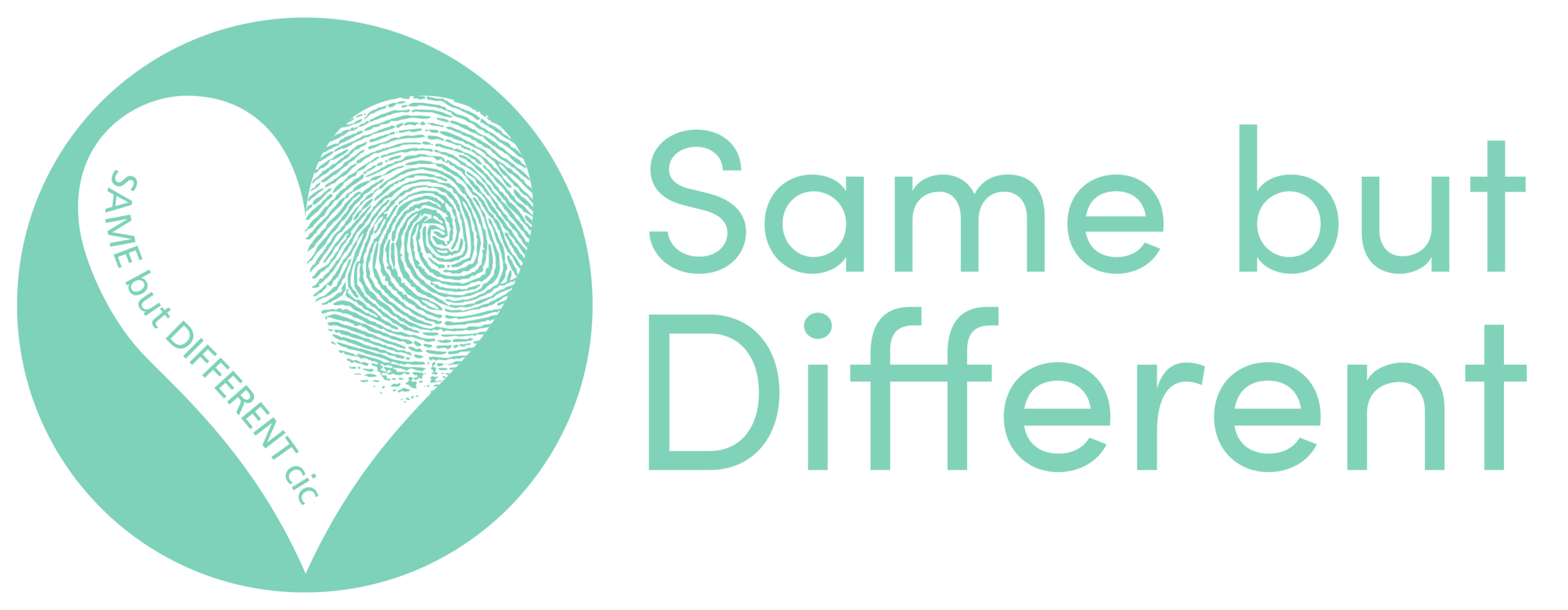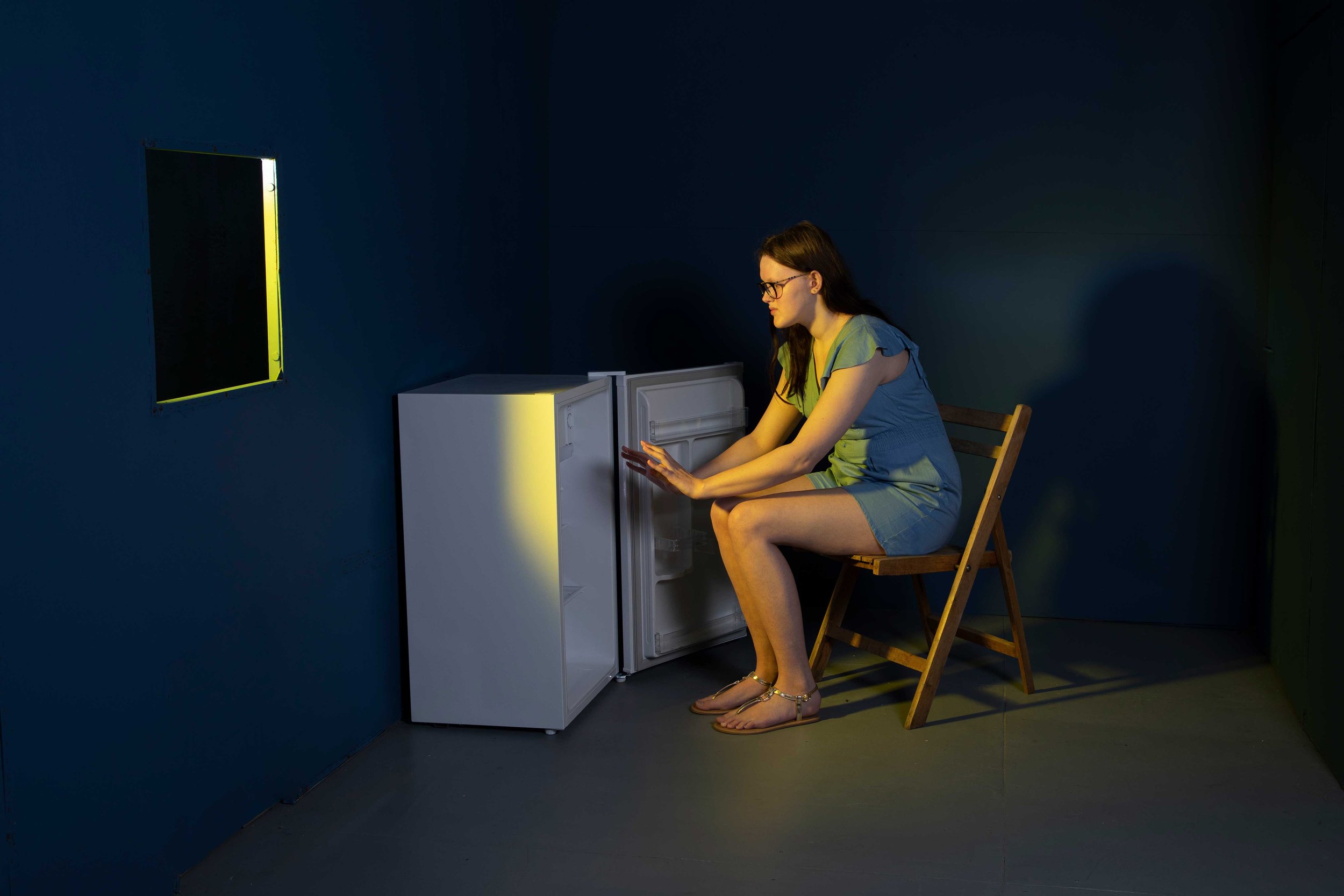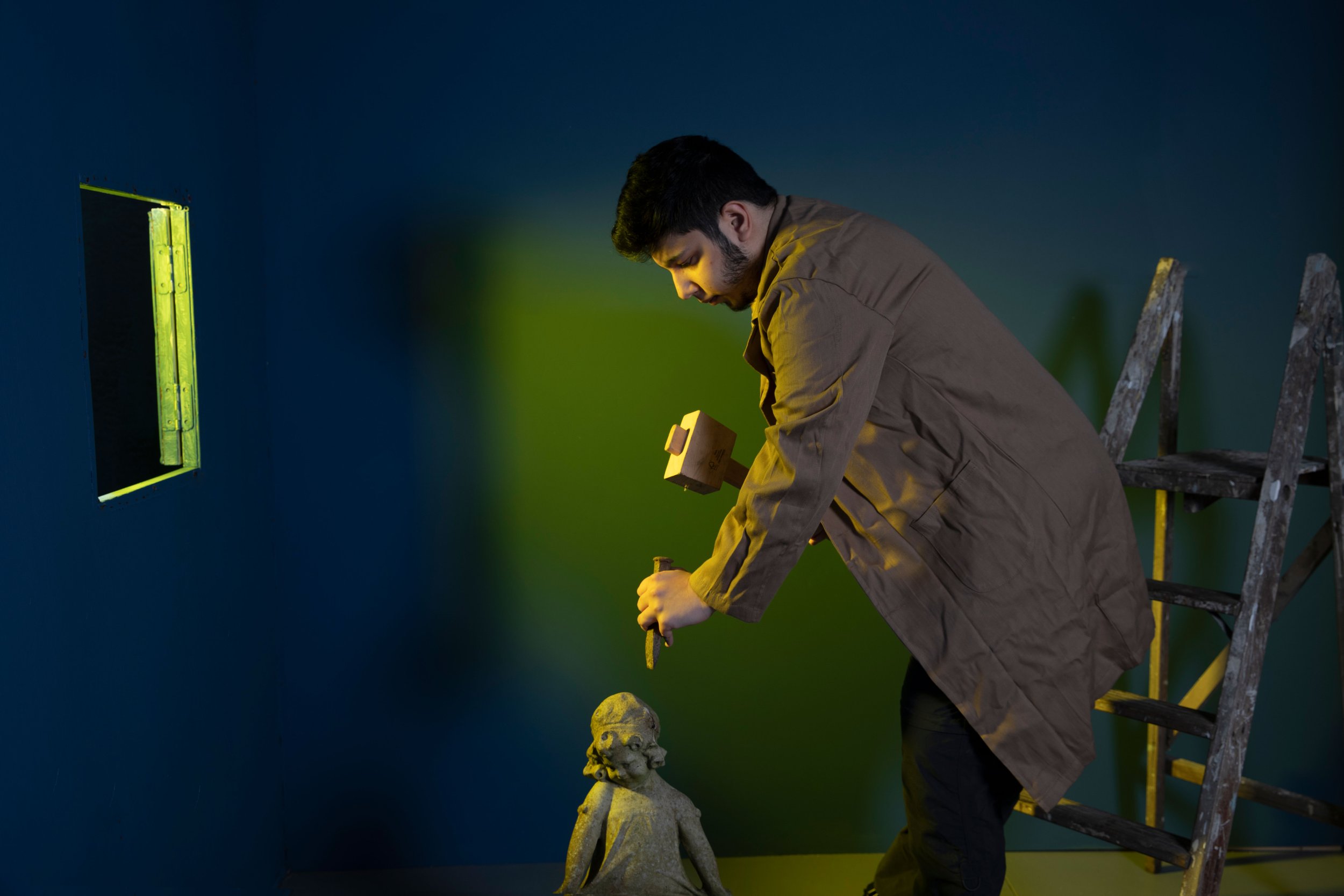Michelle shared her experiences in getting a diagnosis for Myasthenia Gravis.
My daughter was born in August 2014. Around 10 weeks after she was born I started getting double vision. I wasn’t overly concerned as it had happened before. However, it got worse and I realised I couldn’t drive. I also noticed that as I was walking more I was really struggling to cross roads and it was increasingly difficult to step up curbs. My sister, who is a physiotherapist, suggested I saw a doctor because she thought that it might be a sign of something more sinister. I went to the out-of-hours doctors and by this point, my eye was drooping as well so they thought maybe I’d had a stroke.
After further investigations, including an MRI they were able to rule out a stroke and admitted Michelle to monitor her for a few days. Her condition improved and so she was discharged. Two weeks later her symptoms once again returned and this repeated for several months. The symptoms were not always consistent.
Photograph by Ceridwen Hughes for Days of Rare exhibition
Her Neurologist was aware of the condition and her textbook symptoms helped with a diagnosis.
Maybe I’d be struggling to raise my arms, or for weeks everything tasted stale because my jaw muscles weren’t strong enough to chew the food, or my voice would disappear mid-sentence and I had just really strange sensations.
Michelle was fortunate in that the neurologist she saw suspected Myasthenia gravis and referred her to The Walton Centre (the only specialist hospital in the UK dedicated to neurology). The fact her symptoms presented in a textbook manner helped her get a speedy diagnosis.
In order to confirm the diagnosis they used a Tensilon Test. The test involves an injection of tensilon - edrophonium, after which muscle strength is evaluated to determine whether the weakness is caused by myasthenia gravis or not. Additionally they carried out an Electromyography (EMG) is a form of electrodiagnostic testing that is used to study nerve and muscle function.
Both of these tests proved positive, and when they finally received the blood test results back they confirmed the diagnosis. I have subsequently heard that many people find it hard to be taken seriously and people often are diagnosed with psychological disorders before they get their diagnosis. It really can be life-limiting and life-threatening and is a difficult disease to understand which is why awareness is so important.
Photograph by Ceridwen Hughes for Days of Rare exhibition
Myasthenia Gravis (sometimes abbreviated to MG) is a chronic autoimmune condition that causes neuromuscular disorders, primarily characterized by muscle weakness and muscle fatigue. That means it affects the involuntary muscles in the body. These muscles can be anywhere from the eyes to those we use for breathing, walking and lifting. It is rare, affecting about 15 in every 100,000 people in the UK and although the disorder usually becomes apparent during adulthood, symptom onset may occur at any age. The condition can vary in severity between individuals, and in an individual, the symptoms can also fluctuate with relapses and remissions. Myasthenia gravis presents in two main forms, ocular myasthenia gravis, and generalised myasthenia gravis.
A thymectomy changed Michelle’s life for the better.
In August 2015, I had a thymectomy, which is a full chest cavity operation where they took out the gland from behind my heart. The gland is usually found in teens and starts to shrink as you grow older. They have found that in a lot of Myasthenia patients it’s still there, or it’s larger than it should be, and that was the case with mine. There was a 30% chance it would work, a 30% chance it would not, and a 30% chance it would get worse. For me the decision was simpler because my ability to do anything at all was really limited.
The operation proved to be a huge success for Michelle and despite being wheeled into the hospital in a wheelchair she was able to walk out following the operation. “It was a huge, huge success. Every day afterward there were improvements in me, doing one extra step, being able to lift something I hadn’t lifted before, or my eye improving. My eye took the longest and it still drops now, but it is opening more and more, and the vision is improving.
You don’t realize how difficult it is to roll over in bed when you’re so weak that the duvet won’t move. Two years later and I am still discovering things that are improving, it gives me hope for the future whereas at one time things looked so bleak.
Photograph by Ceridwen Hughes for Days of Rare exhibition
Before her symptoms progressed Michelle was really active.
It’s been quite a big change for me. My Mum has been my absolute rock! She’s quite ‘stuff and nonsense’ so I never saw her break. She had made the decision to retire long before, but from her last day of work she came to me at the hospital and she’s been with me every single day since. She would do the 8 am till 5 pm shift until my husband came home, and then he’d carry me upstairs and then take care of everything else in the early months. I remember trying to feed my daughter and I couldn’t lift the spoon from the bowl to her. I could not coordinate that, and I was just too tired and I think I probably pushed myself right to the edge.
In the first year, I think every emotion goes through your head. ‘Why me?’ definitely came up a few times, but now I just look around and think that everyone is dealing with something. I think we all have our various crosses to bear. So, I don’t really think that way anymore.
As an invisible condition Michelle believes there is still a lot of misinformation around Myasthenia Gravis even in medical settings.
For an appointment, I might ask for a wheelchair, and they look at me like why what do you need that for? Because they see a perfectly healthy 30 plus-year-old, and that’s not the case. Even with medical professionals, they look at me and say, ”You look well,” and I’m like, but you should know better than that. My friend said later on that ‘I didn’t realize how poorly you were until I had to dress you and there was no muscle in your arm. There was nothing. There was no resistance at all.’ It’s hard, to be a mum and try to get on with a normal life. I find it quite difficult to walk for long periods of time, I struggle with stairs and I can’t lift things as well as I could and my double vision can interfere. Because it’s an autoimmune condition it’s mostly treated by suppressing the immune system, so steroids and immunosuppressants. My steroid dose goes up and down all the time.
During the early part of the pandemic and so I was stuck in the house for 6 months as I was shielding. I need to be out and about at my age and I am a social person. It’s not good for me to be locked up in my house, and those first few months were hard enough.
Myaware
Myaware is the only charity in the UK dedicated solely to the care and support of people affected by myasthenia, the organisation works hard to raise awareness of myasthenia and champions new research.
You can listen to Michelle chat with Ilmarie Braun, Same but Different Project Manager on our podcast channel.








